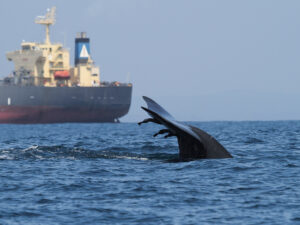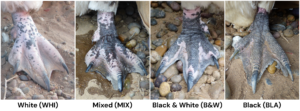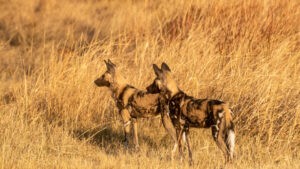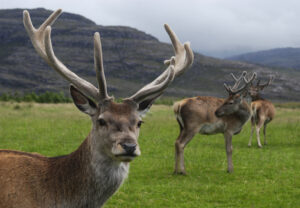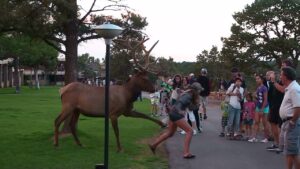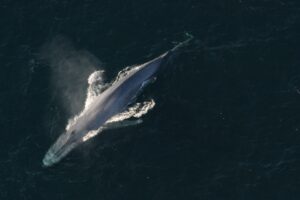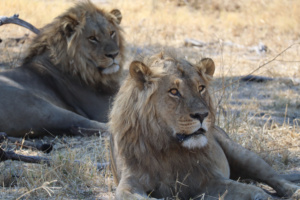Ship collision risk threatens whales across the world’s oceans
Authors: Nisi, A., Welch, H., Brodie, S., Leiphardt, C., Rhodes, R., Hazen, E., Redfern, J., Branch, T., Baretto, A., Calambokidis, J., Clavelle, T., Dares. L., Devos, A., Gero, S., Jackson, J., Kenney, R., Kroodsma, D., Leaper, R., McCauley, D., Moore, S., Ovsyanikova, E., Panigada, S., Robinson, C., White, T., Wilson, J., and Abrahms, BJournal: ScienceDOI: https://doi.org/10.1126/science.adp1950Media coverage: The Guardian, UW […]
Ship collision risk threatens whales across the world’s oceans Read More »
